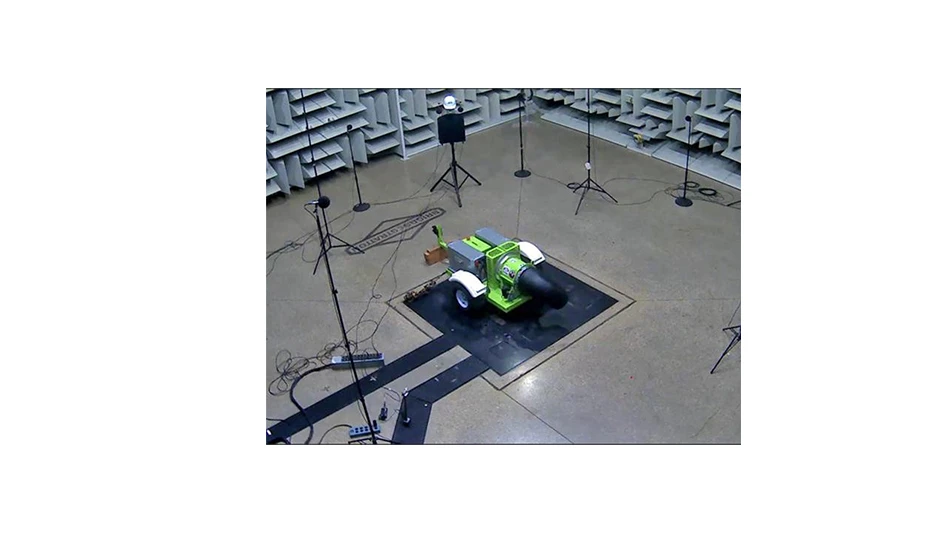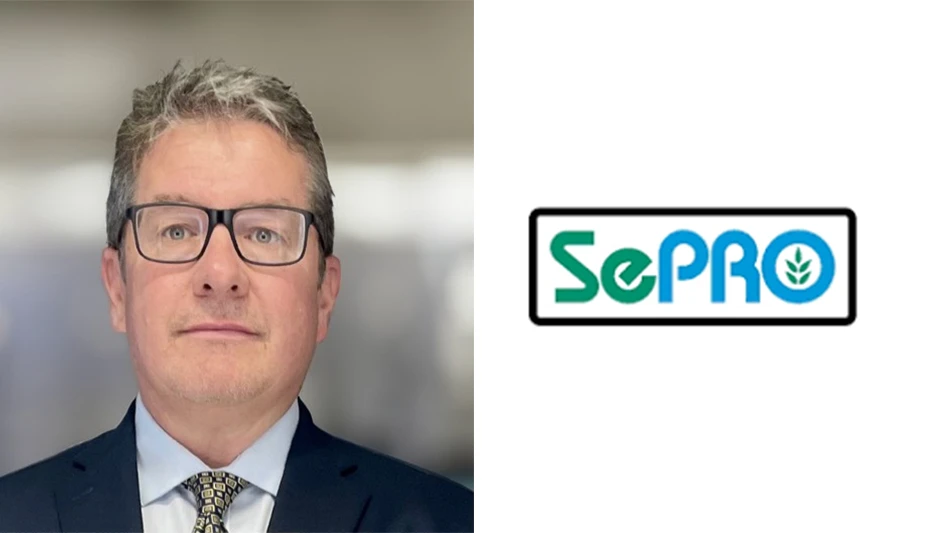
Bayer
Snow masked splendor when Mike Dachowski first visited Shelter Harbor Golf Club. Dachowski knew something special rested beneath the white blanket. But how opulent was this slice of Charlestown, Rhode Island, golf land?
Before he understood how the turf tones meshed with the charming surroundings, Dachowski noticed hundreds of unimpeded acres on his maiden Shelter Harbor stroll. “I quickly realized how big it really is,” he says. “I almost got lost out there.”
Shelter Harbor is a place where a newcomer becomes disoriented in the grandeur of a 500-acre, 27-hole facility. Everything and everybody at Shelter Harbor seems, well, pleasant. Dachowski’s visit in late 2009 as part of a job interview resulted in him landing a coveted position and becoming a mainstay at a club where transience and permanence converge. The bulk of the membership lives elsewhere and only uses the golf course in the summer as June, July and August bring familiar faces striving for a fascinating golf experience and escapism from big-city life.
“They definitely expect conditions as high end as you can get,” Dachowski says, “and we try to exceed that for them. It seems to work. Everybody is coming here to their beach home and they’re in a good mood. They’re not coming here to work. The overall club feeling is a lot different. The membership is awesome here and the club as a whole functions really well with all the department heads. Everyone gets along very well. It’s kind of a unique situation rather than the norm.”
Awakening the courses – Shelter Harbor has an 18-hole Michael Hurdzan- and Dana Fry-designed championship layout and a 9-hole short course with coastal views – for summer sojourns requires a coordinated and calculated agronomic effort. The summer crew hovers around 30 determined workers, including 11 employees possessing turf degrees. The staff has enormous responsibilities. Dachowski’s team maintains 5½ acres of Velvet bentgrass greens and 48 acres of Seaside II bentgrass fairways.
The bentgrass requires year-round attention, and the Velvet can initially stun a newcomer. Shelter Harbor’s Velvet turns purple in winter before returning to an attractive green as temperatures warm. Learning the nuances of the variety represented one of Dachowski’s first tasks after becoming the club’s superintendent in early 2010.
“There’s not a lot of research on it,” he says. “You find out that it’s low fertility, but there’s not a lot of information or a guide to steer you in the right direction. It took a good two to three solid years to get used to it. But once we figured it out, we learned it’s a great grass.”
The grass requires less summer mowing than other bentgrass varieties. Dachowski says his team mows greens a “maximum” of three times per week in the middle of summer. Through daily rolling and a spray program created in collaboration with Bayer experts, members enjoy consistent, slick and disease-free greens, no small feat considering coastal climatic challenges such as fog, intense sunlight and warm evenings.
“When you’re in school for turf and they teach you about the Temperate Oceanic Climate, you never know what that means (until you experience it),” Dachowski says. “That’s what we are. You can go from one extreme to another. We can be very mild, or you can go through real warm periods through the summer to very warm in the winter to kind of mild and miss a lot of the snowstorms in the winter. That’s probably the biggest thing here compared to other places I have lived and worked. There are more extremes here.”
Dachowski, who previously worked at Merion Golf Club, Quaker Ridge Golf Club, Shinnecock Hills Golf Club and the The Cliffs at Keowee Falls, found the New England turf community eager to share information about climate-induced maintenance challenges. Dachowski worked with Bayer technical experts, establishing a program based upon climate history to combat “high dollar spot pressure.”
Cooperation from inquisitive superintendents such as Dachowski helped Bayer launch its Green Solutions Team, a group of technical experts who conduct research to support superintendents. “We brought Bayer Green Solutions Team to Shelter Harbor to start doing modeling with the weather,” says Brian Giblin, a Bayer sales manager who covers New England. “Going to a place like Shelter Harbor, where they have such extremes and short windows, helped us determine how to best lay out a spray and preventative disease program looking at the weather.”
The collaboration yielded reciprocal benefits. Dachowski developed a reliable spray program, while Bayer received data on new products, including additions to its Stressgard line.
Dachowski uses Signature, Interface and Tartan on greens. In addition to helping Shelter Harbor avoid dollar spot, the program allows the Shelter Harbor to promote fast and firm conditions while deploying what Dachowski calls “lean” irrigation tactics. Greens are treated weekly from May to September. The program extends to Shelter Harbor’s fairways, which are sprayed biweekly using a rotation that includes Interface, Tartan, Exteris and Fiata. Moisture meters guide irrigation decisions on playing surfaces, and frequent rolling has further enhanced fairways.
“We balance things pretty well,” Dachowski says. “We will still be green, but we are not a vibrant obnoxious green. We’re just kind of a subtle green. The leaf blades are very thin because of the low fertility. You still get the green color. The Stressgard helps us get a good green color, but it’s not a fake green. When we spray one of the Stressgard products, particularly on fairways, we get good color on those for two weeks (and beyond).”
Dachowski’s relationship with Bayer, and particularly Giblin, continues to strengthen. Dachowski uses parts of the par-3 course, which features the highest humidity on the property because of proximity to the ocean, to test products. Dachowski then shares the results with Giblin and fellow superintendents. “Having the scientific data is big,” Giblin says. “Mike has that relationship with his peers where they talk back and forth. Tapping into that group of people who talk about what they are seeing goes a long way for the both of us.”
Tweaks to the program will be minor in 2019, Dachowski says, because of repeated success avoiding disease and unpleasant aesthetics. Shelter Harbor often records nighttime temperatures surpassing 70 degrees throughout the summer, which contrast milder nighttime weather at Dachowski’s past Northeast stops. But a proven program means a coastal calm permeates the crew. “It gives you peace of mind knowing we are covering our bases for what could be popping up,” Dachowski says. “You don’t stress out about what’s going to pop up out here because you know what’s going to happen.”
People who fret about anything, especially work, are an uncommon sight in Charlestown, a small town that experiences a population boom each summer. Convenience to activities such as fishing, boating, swimming and paddling are part of the reason Shelter Harbor attracts an abundance of turf talent. Dachowski strives to provide opportunities for employees looking to experience Rhode Island’s summer offerings. For Dachowski, summer life away from the course involves watching his four children play sports. Beaches and ballfields are even more enjoyable when Shelter Harbor’s turf remains consistent through proven practices.
“I stress every day, ‘Let’s do something better, let’s get better, let’s improve the place,’” Dachowski says. “I think, in turn, that makes the course better every year. The feedback I get from members is that it’s a little better than last year – and it was great last year. That’s what our end goal is. At the same time, we’re big on balance. I want our team to enjoy the area. It’s not just work, work, work. We try to balance everything, and it works out good.”
From the field
Bayer area sales manager Brian Giblin, who works with superintendents in New England, says resorting to agronomics basics can help golf courses in cool-weather environments achieve desirable results as they try to present quality early-season conditions and aesthetics:
“Don’t try to add a million and one things to your turf. Sometimes overdoing it can push things in the wrong direction. When you have a balanced approach, you’re going to know your soil conditions and your levels, and what’s available so the plant is only getting what it needs. Stressgard is an input that provides benefits beyond disease control. It’s more than just a fungicide. Everybody has fungicides and we all expect them to be successful and prevent disease. But adding in Stressgard helps superintendents dial things back a little bit and keep turf healthy.”
Get curated news on YOUR industry.
Enter your email to receive our newsletters.Loading...
Latest from Golf Course Industry
- Bloom Golf Partners adds HR expert
- Seeking sustainability in Vietnam
- Kerns featured in Envu root diseases webinar
- Toro continues support of National Mayor’s Challenge for Water Conservation
- A different kind of long distance
- Golf Construction Conversations: Stephen Hope
- EnP welcomes new sales manager
- DLF opening centers in Oregon, Ontario







